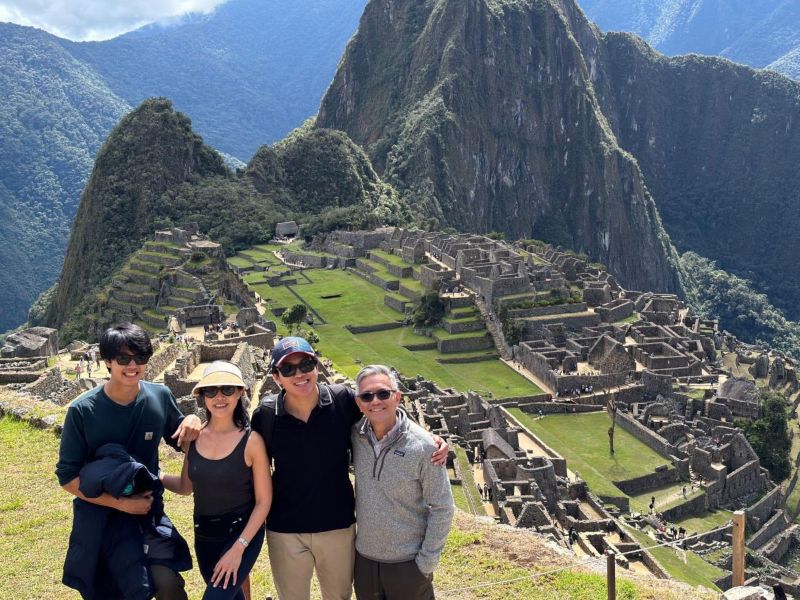Before starting college this fall, I joined my family on an epic graduation trip—22 days across Peru, Bolivia, and Chile. From flying over the Nazca Lines to hiking past llamas in the Sacred Valley, every day felt like flipping a page in a National Geographic spread.
My family loves history, food, and adventure (well, speaking for my dad, in varying measures!), and this trip was planned as a celebration for me and my brother Joaquin, who just finished college and is starting work in New York straight after our family holiday. For me, it turned into more than just a break before school—it was an immersive experience in South American culture, and an unforgettable exposure to its natural wonders.
Here’s a photo diary of some of the wondrous places we visited that taught me more than any classroom ever could have.
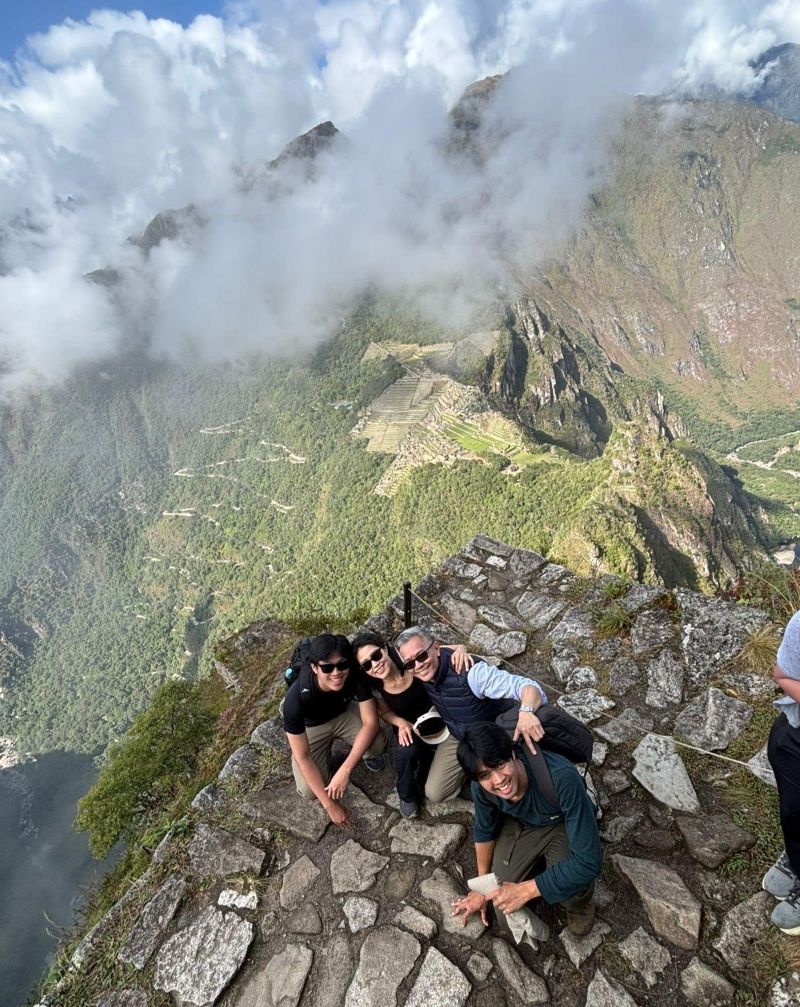
Looking above Machu Picchu stands Huayna Picchu, meaning ‘young mountain’ as compared to Machu meaning ‘old’. While Huayna Picchu is not actually younger, it reflects its smaller stature. It is above the Inca town known as Machu Picchu, but smaller in size compared to the mountain that is Machu Picchu! The hike up is a challenge with steep, narrow Inca-built steps with a section even known as ‘The Stairs of Death’. It was not immensely difficult, but is certainly a challenge for those with fear of heights and compromised balance.
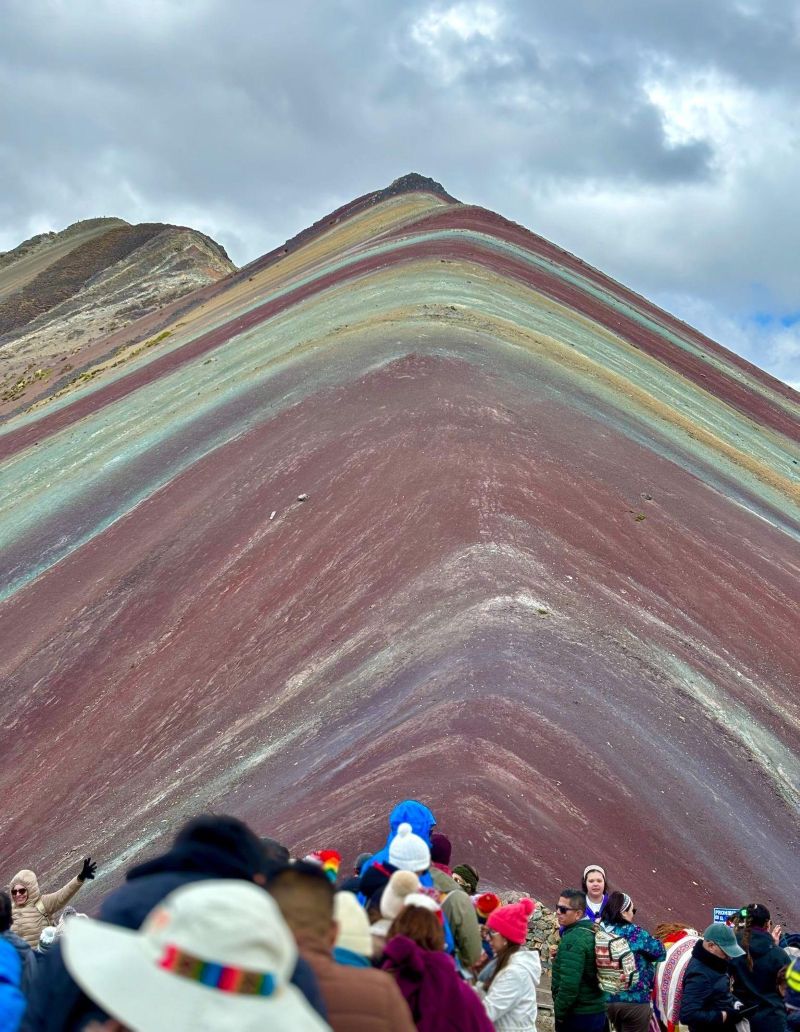
Although at a glance an easy hike, Rainbow Mountain’s altitude situated at over 5,000 meters or 16,500 feet makes breathing a challenge. We even saw one group of quick and robust hikers overtake us at one point, only for us to catch up to find them stopped, dizzy and sick. Nonetheless, the landscapes both at the top but also the journey to and fro made it all worthwhile. Most photos you’d find online are severely edited, yet I’d argue the beauty of its natural colors displayed here are even more alluring.
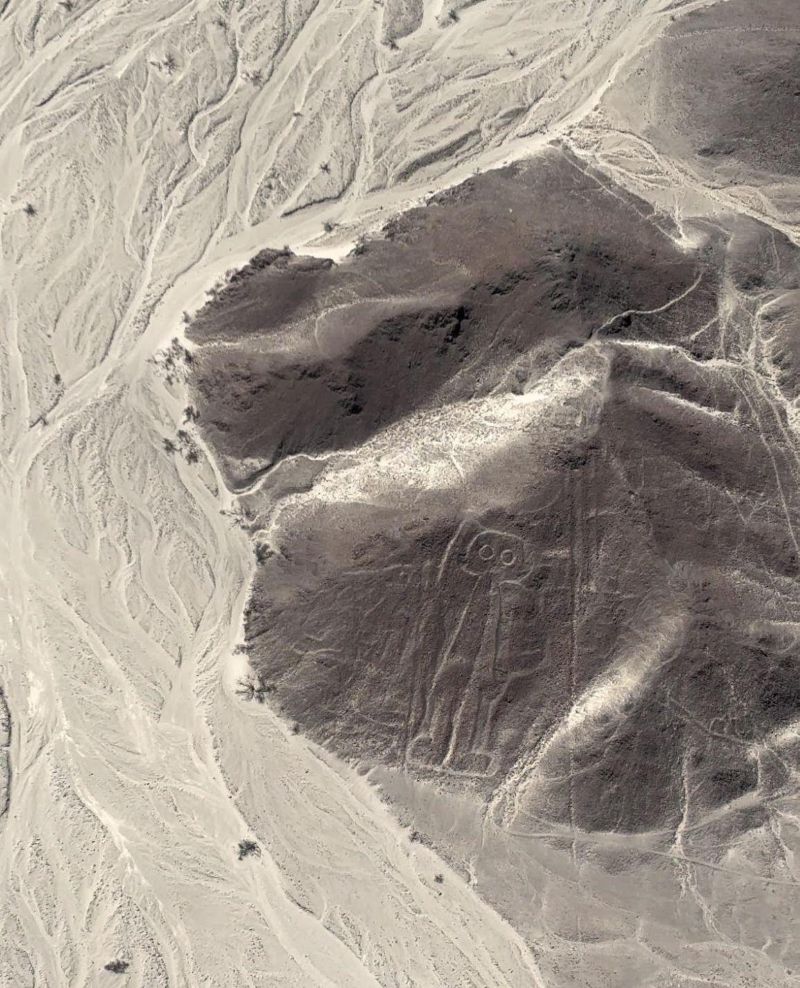
Was it done by aliens? How did they create such perfect outlines without the benefit of drones or planes? The Nazca Lines, like many of Peru’s wonders, were created by the pre-Inca Nazca people with many new ones still being discovered each year. Pictured above on a mountain side is the figure known as the ‘Astronaut.’
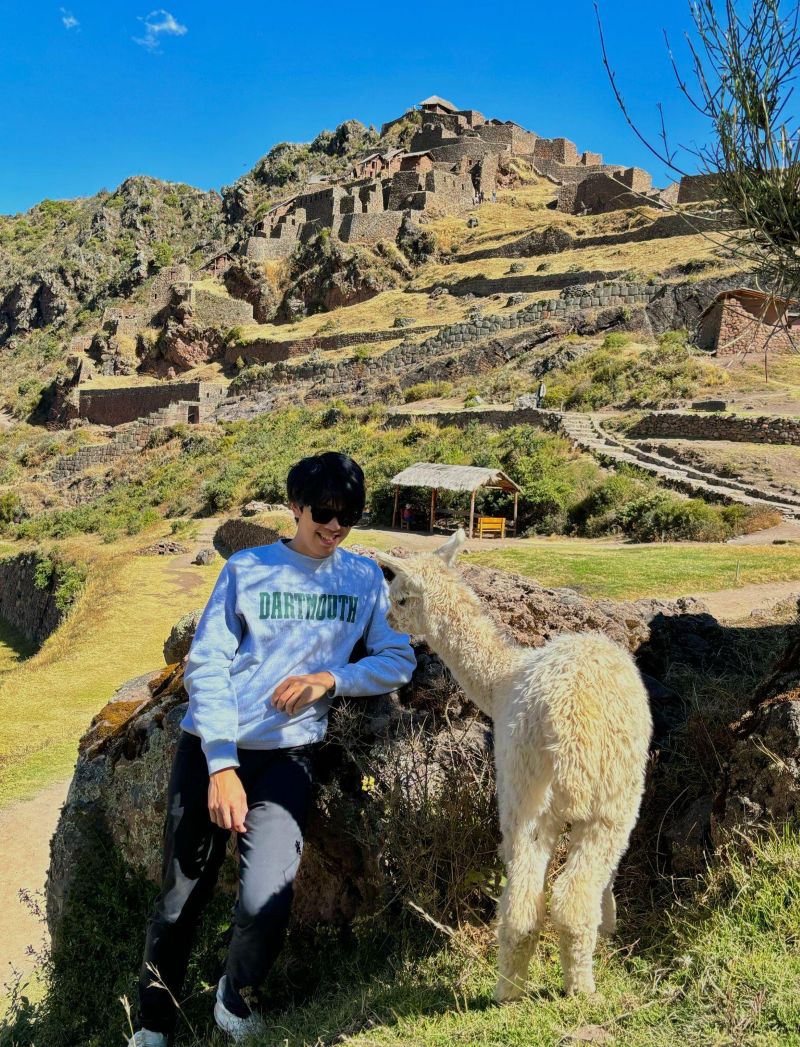
Don’t get distracted by the alpacas in the farms or tourist traps in the city! You can even find their babies grazing the mountains of the Sacred Valley.
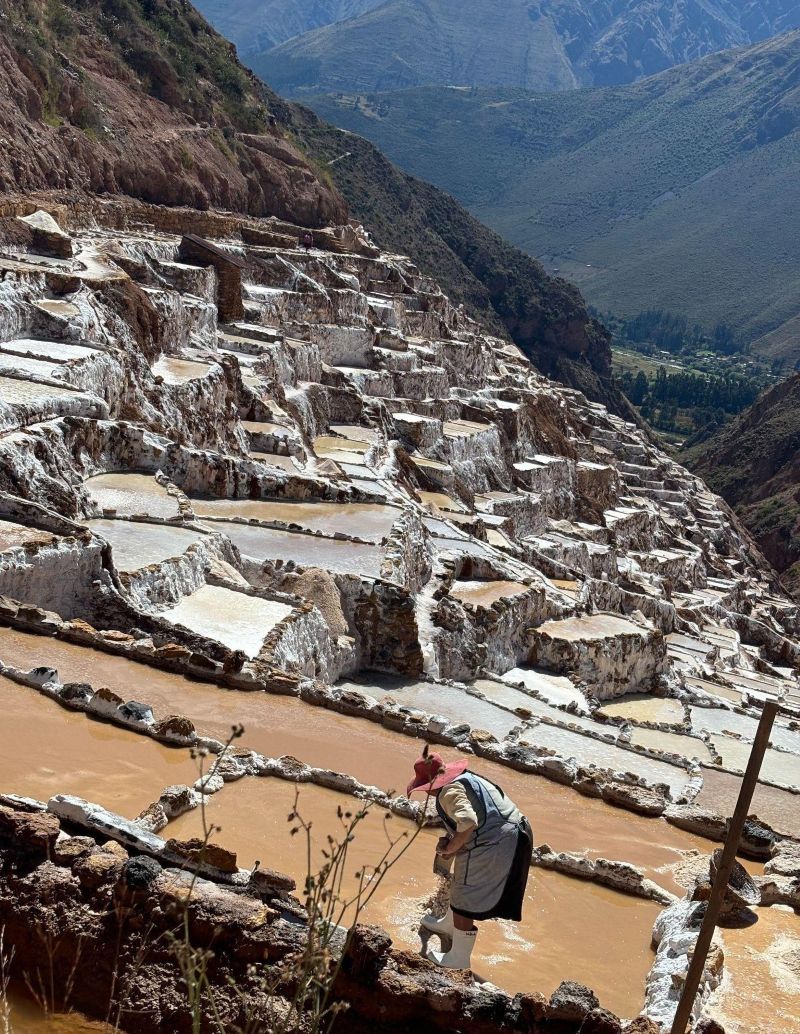
On a hidden side of Sacred Valley, you’ll find tucked the Maras Salt Mines. Dating to pre-Inca times around 500 AD, the 3,000 salt extraction ponds use a naturally salty underground spring that flows through the mountains. Architecturally, the effect is a stunning, otherworldly patchwork of white and earthy tones, especially striking under sunlight in contrast to the lush and vibrant surroundings.
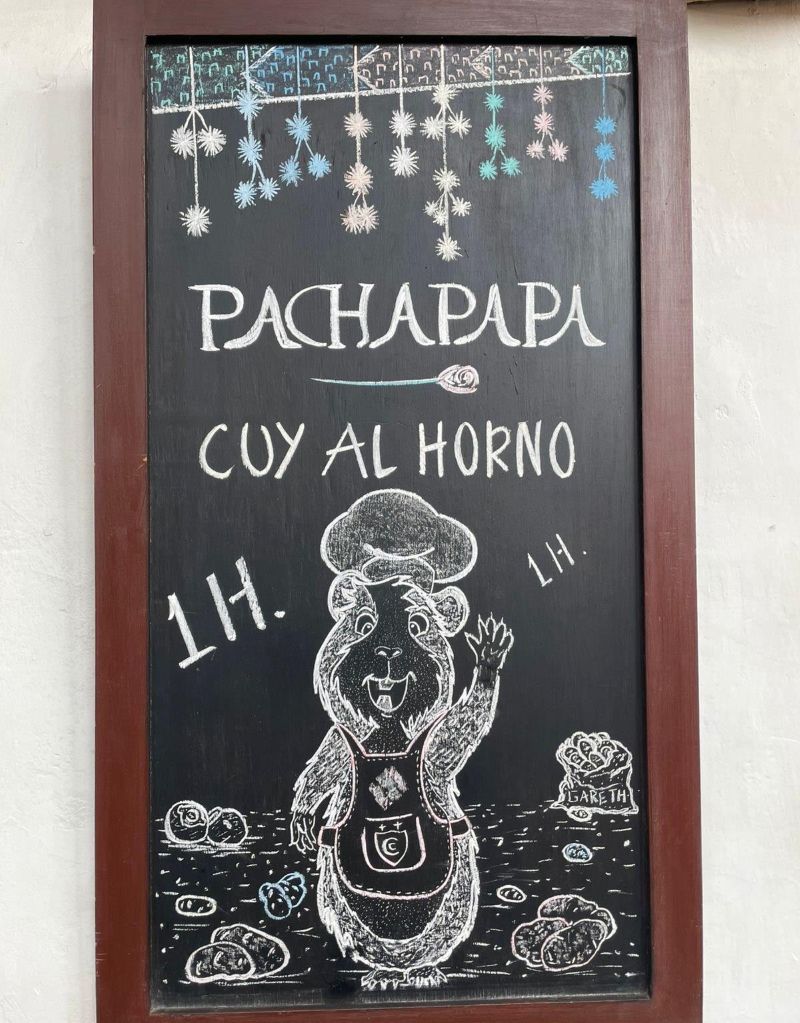
Cusco’s local favorite restaurant, ‘Pachapapa,’ draws its name from Pachamama, translating to ‘Mother Earth’ that they worship alongside their Catholic faith. The restaurant serves ‘Cuy’ or guinea pig, a delicacy with its name coming from the sounds they make. While it is believed that Incas were largely vegetarian, the dish was enjoyed on special occasions especially by the upper class.
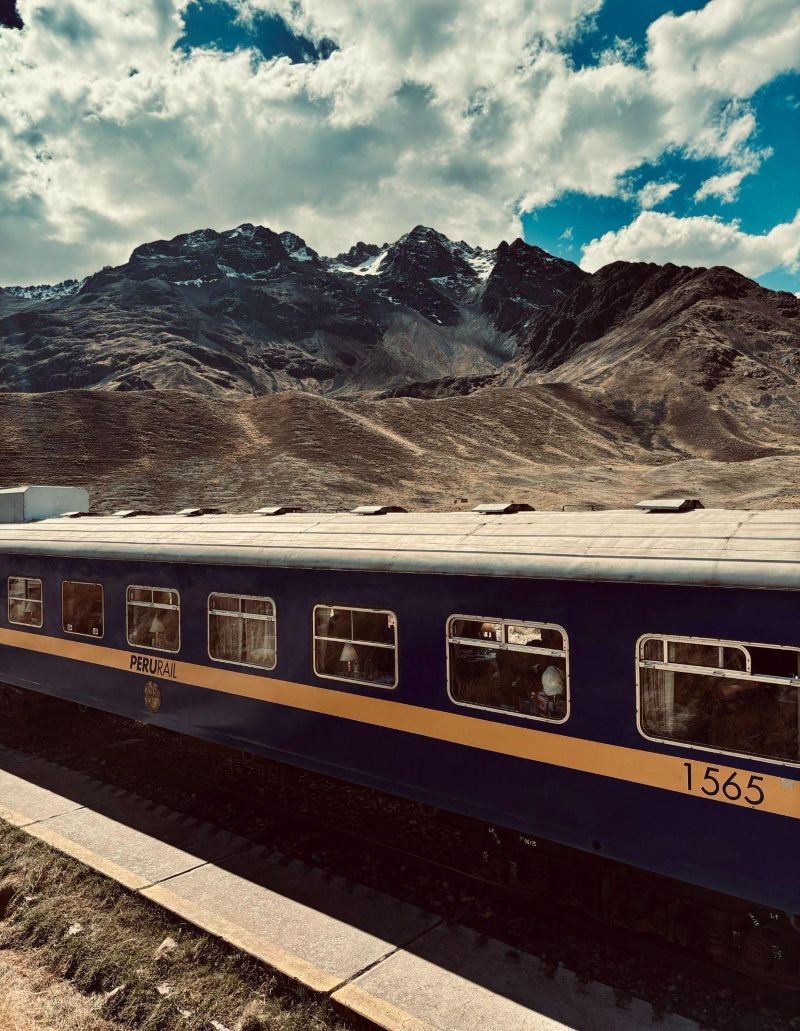
During a 10-hour train ride to the town bordering Bolivia by Lake Titicaca, we stop by serene yet colossal mountains. During the train ride are indigenous music performances, dances, and even a fashion showcase with individuals displaying the most expensive fabric in the world—vicuna wool.
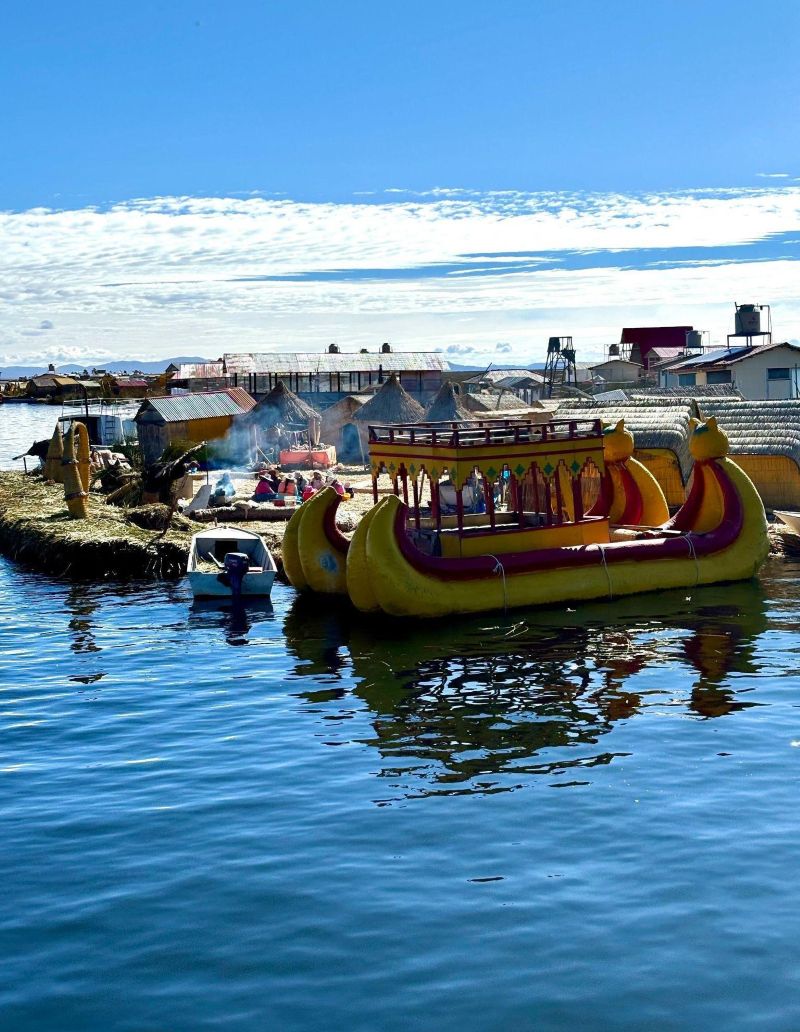
The highest lake in the world, Lake Titicaca, is home to the Uros Floating Islands—manmade islands constructed with layers of totora reeds by the Uros people, doing so for the past 3,700 years. It was a place of refuge during the Spanish occupation of over three centuries, with some swaddled by the lake 10 hours from the nearest land for boats during the time.
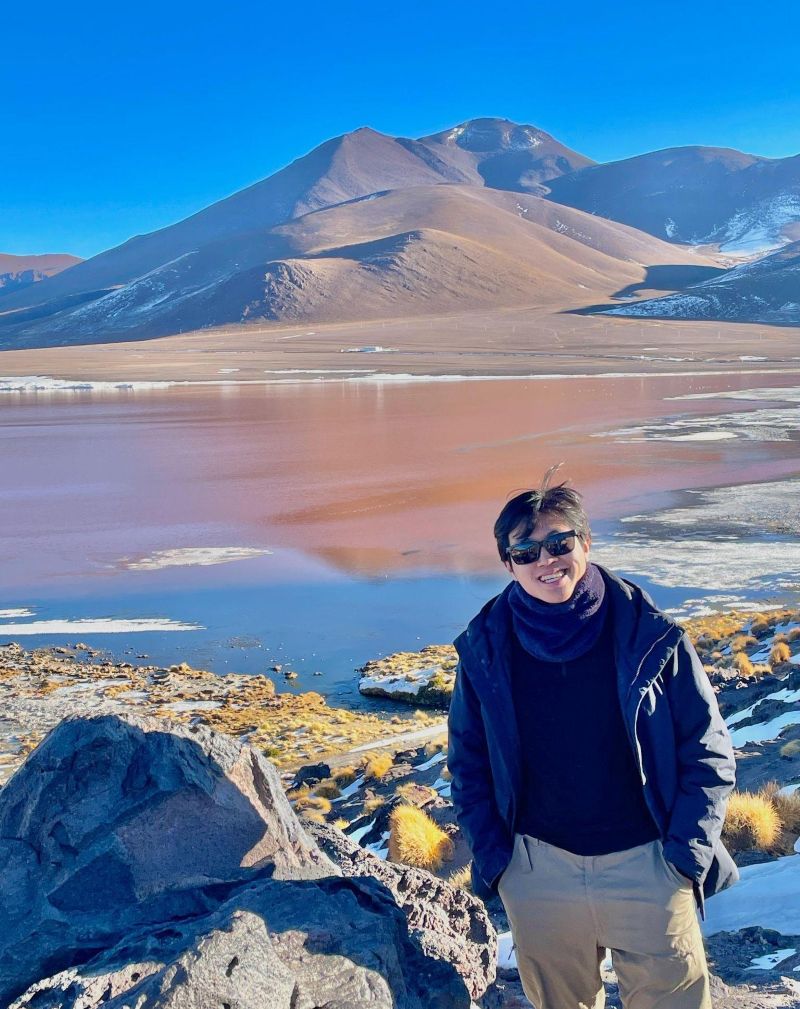
In Bolivia, the Red Lagoon within Eduardo Avaroa Andean Fauna National Reserve takes its colors from a notably significant presence of red sediments and microorganisms, primarily algae.
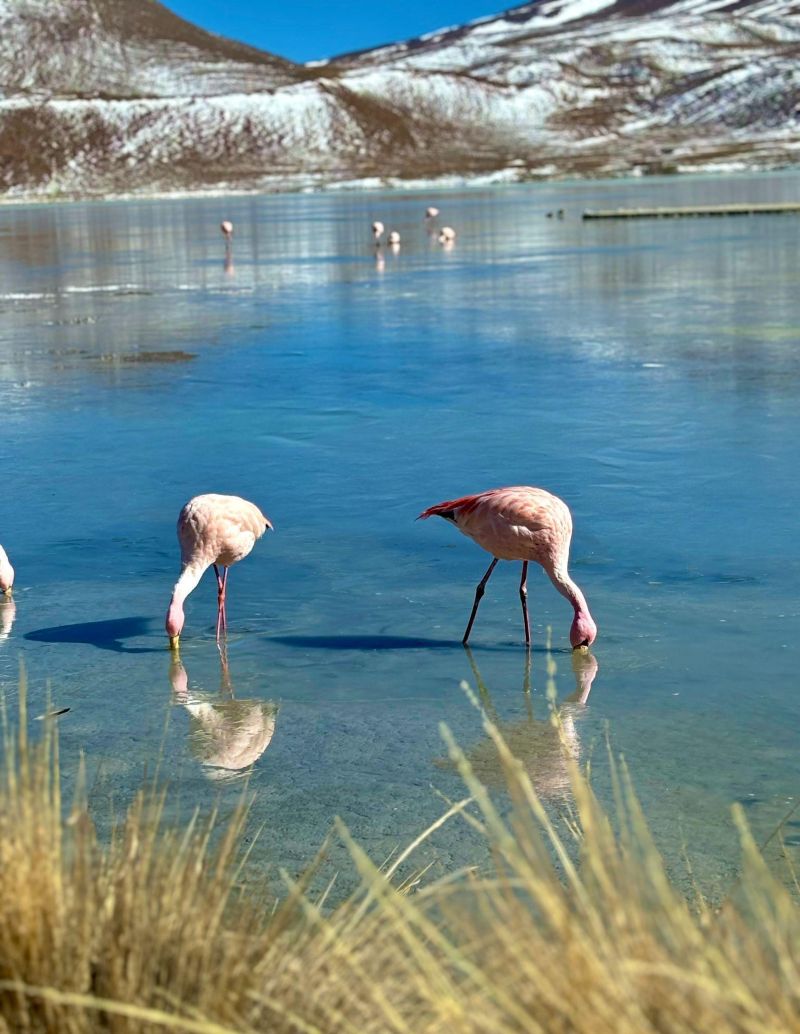
The red algae in the Red Lagoon is what Bolivian and Chilean flamingos grow up eating, needing to consume 160 grams each day; it might not sound like a lot, but think about how light each strand of algae is! As such, these pink flamingos turn pink only in their adult years once they’ve consumed a lot of red algae.
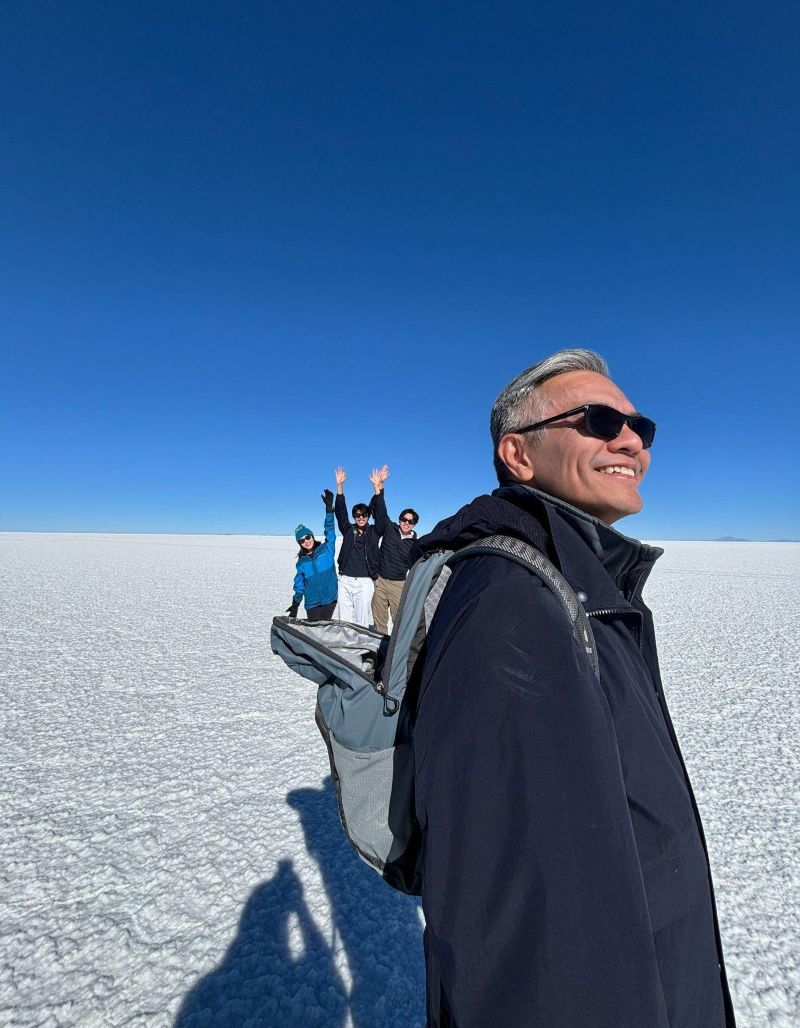
The largest salt flat at 10,500 sq km in the world is the Uyuni Salt Flats in Bolivia. Formerly a giant prehistoric lake named ‘Lake Minchin’ 30,000-40,000 years ago, it was eventually separated from the sea due to changing tectonic movement, slowly evaporating. Repeated flooding and drying cycles smoothed the surface into the vast, mirror-like flat seen today.
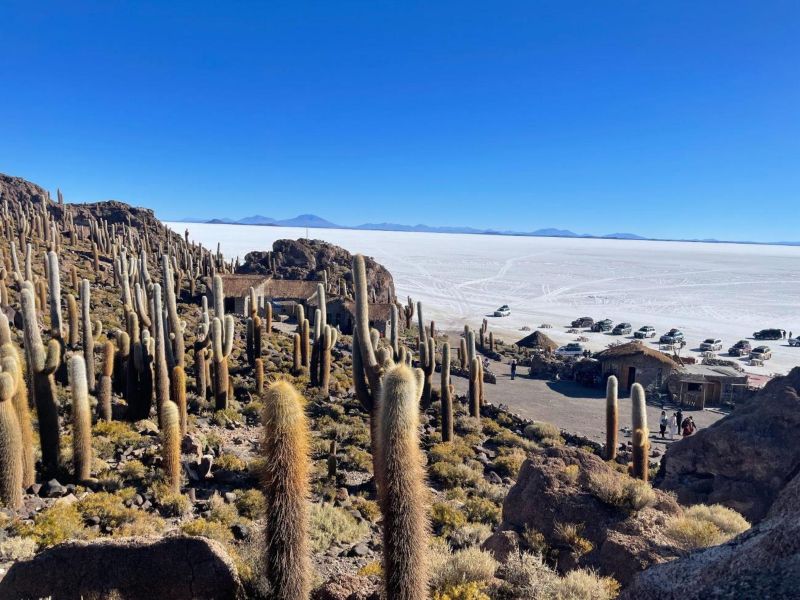
Isla Incahuasi is an island in the heart of the Uyuni salt flats. It acts as ‘oasis,’ holding centuries-old gigantic cacti. The remnants of corals from the lake of the past remain clear to this day, with some rock walls on the island even being entirely dried coral. Though beautiful, it provides a stark contrast and foresight into the fading vibrant colors of water sanctuaries in places like the Great Barrier Reef.
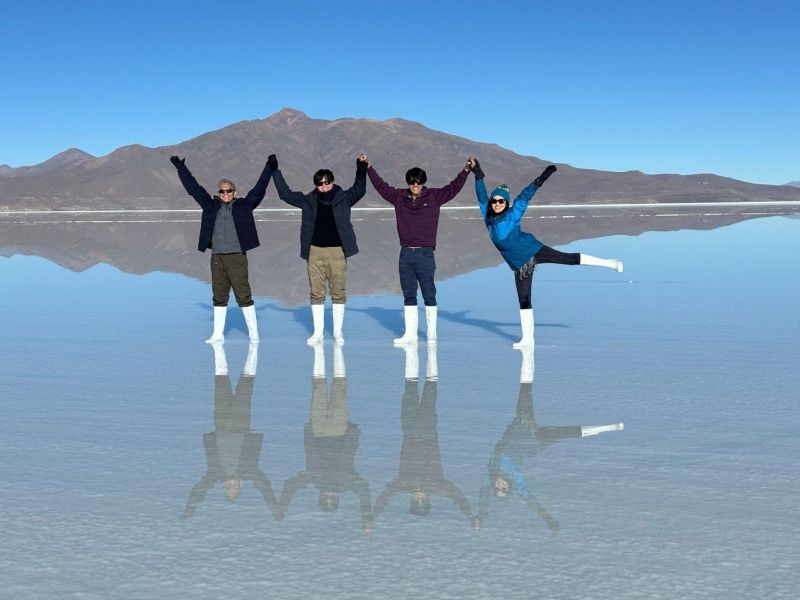
The Uyuni salt flats are a difficult destination to travel to if you want to get all the photos. If you want the endless white crystal, the winter (June-September) season is perfect due to the lack of rainfall. Arguably more pristine, however, is its reflectiveness and feeling of peace when covered in a sheet of rainwater during the rainy summer season. We were lucky to catch the remaining large beds of water in winter.
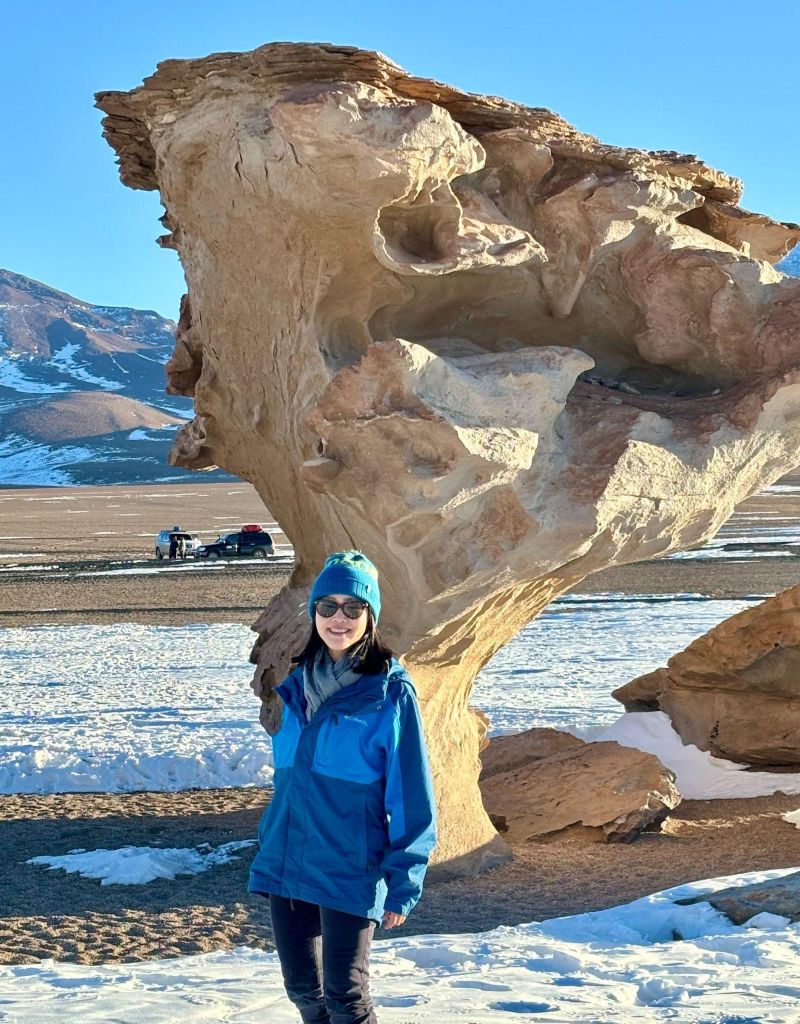
It is said that art is nature, and nature is beauty. The ‘Rock Tree’ in Bolivia standing at 7 metres tall is a striking natural geological formation made of volcanic rock through weathering and erosion. The softer parts of the rock at the ‘trunk’ were more exposed, and thus eroded faster.
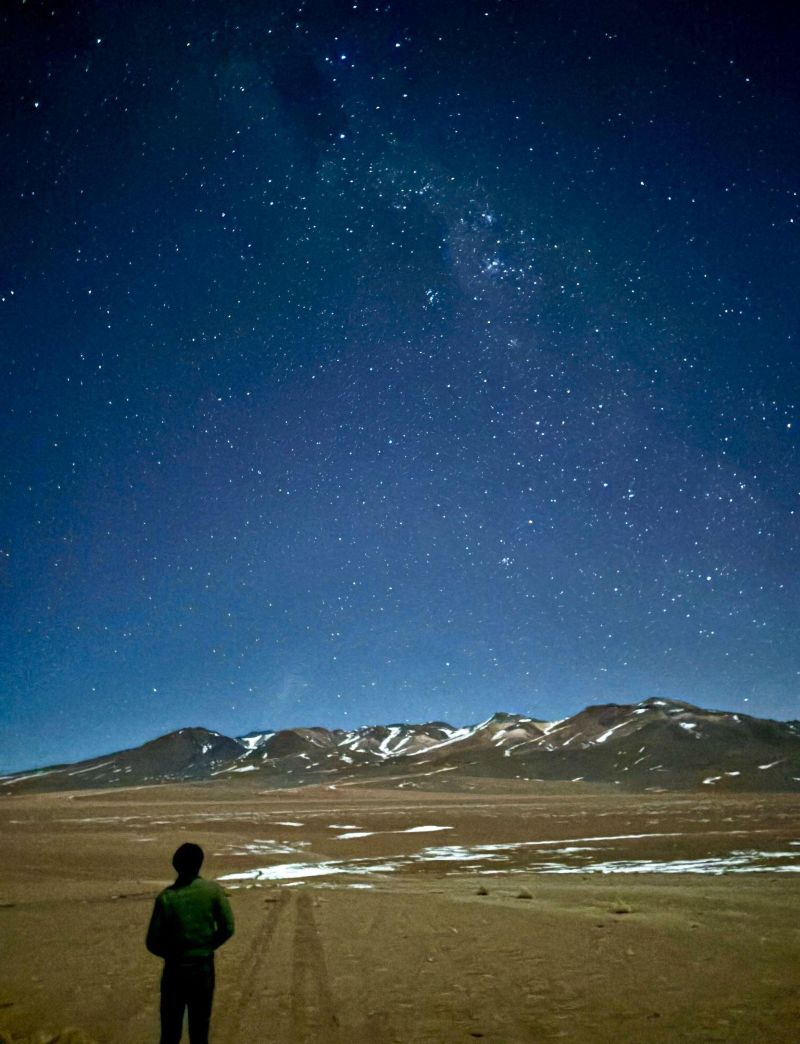
We always associate the morning with the sun and the night with tranquil stars and the moon. Yet, due to light pollution, we forget what stars really lie in space—constellations and cosmic dust forming the Milky Way. The natural landscapes of Bolivia separated from the commotion of city living is a divine reminder of the beauty beyond.
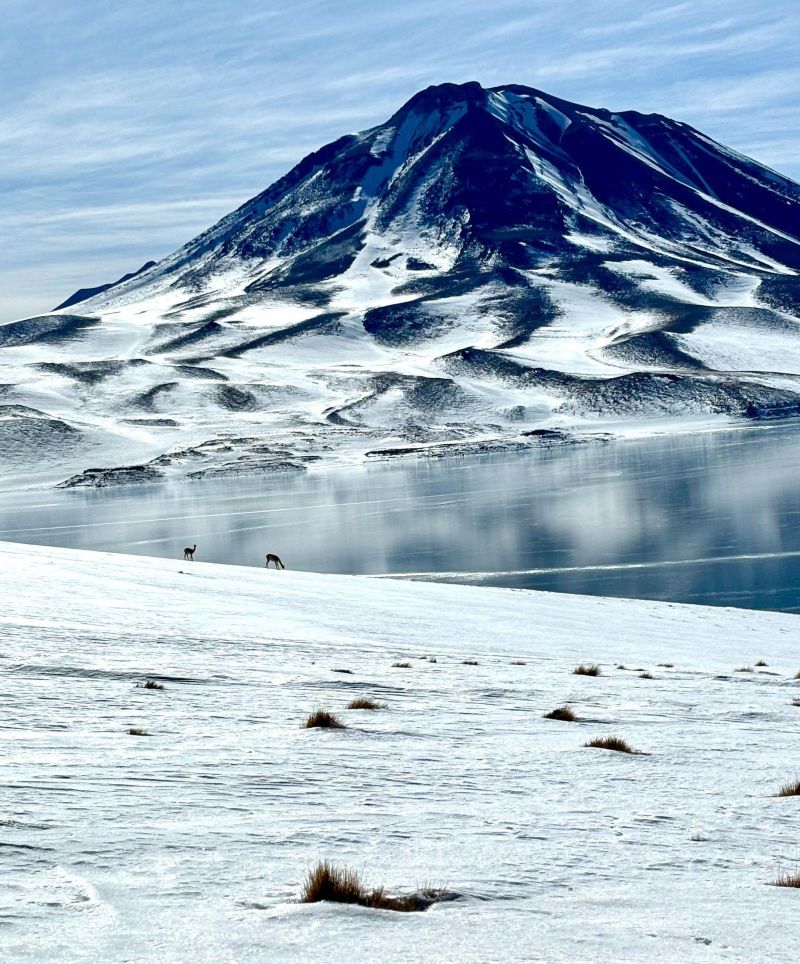
The Antiplanic Lagoons had been closed only 24 hours before we arrived in Chile, due to an extreme snowstorm, the likes that locals of San Pedro de Atacama have not seen the last two decades. Yet, nature remains with endurance, with vicunas pictured to continue to move through the unusual terrain.
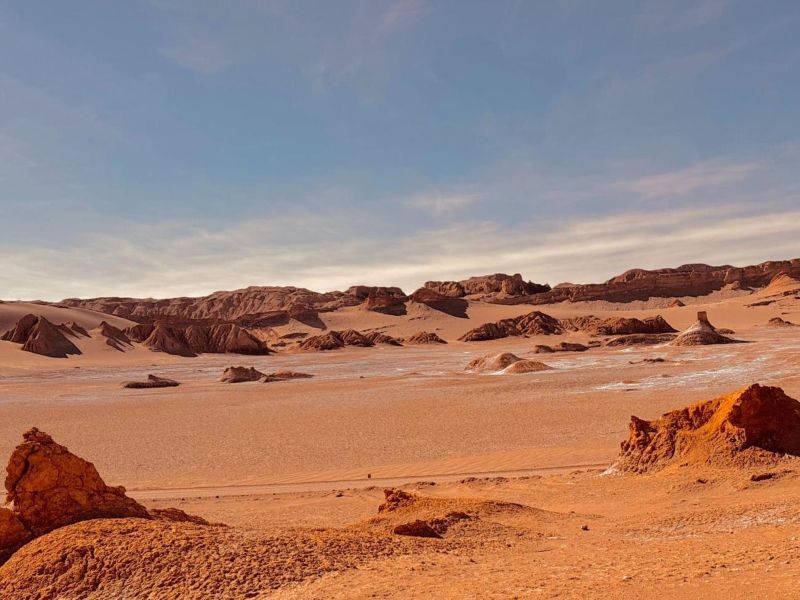
Just a few kilometres away from the previous photo encompasses what makes South America so unique: geological features with wind currents and the Andes, the Amazon Rainforest with the most precipitation in the world, or a lagoon that snowed for the first time in 20 years as vicunas graze over in a large posse. However, the Mars and Moon Valley of the Chilean Atacama Desert is a seemingly extraterrestrial location, with parts not having received rain for over four centuries.
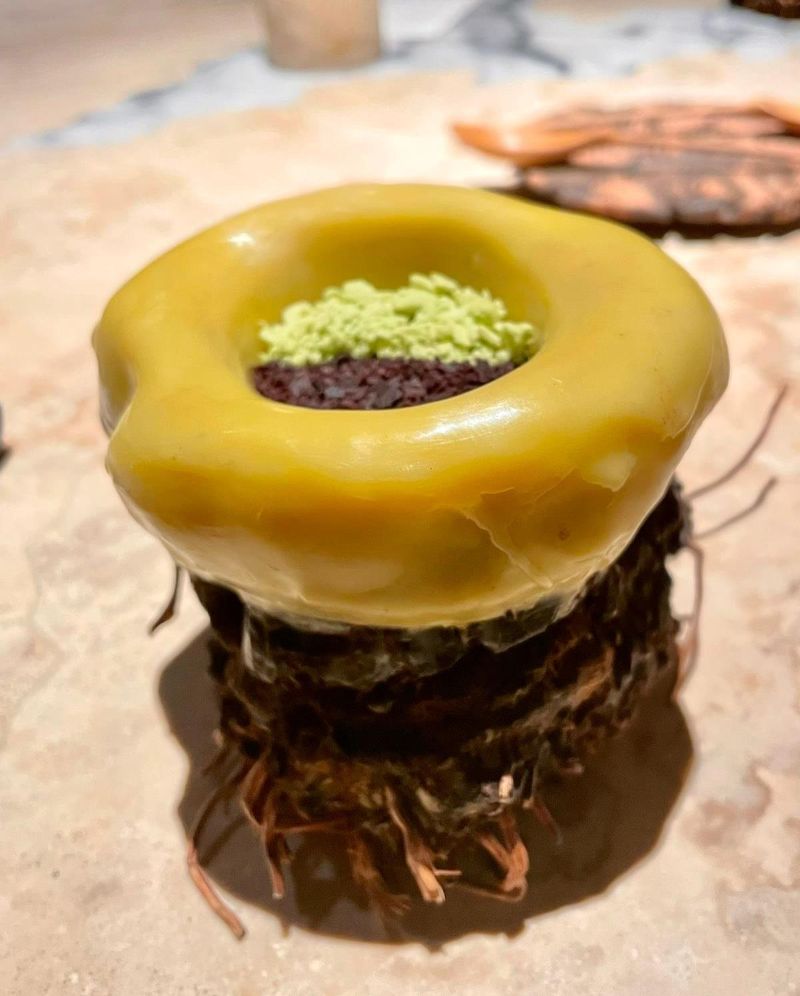
Peru is also known for its culinary expertise, along with its tourism. While its Nikkei (Japanese-Peruvian fusion) restaurant ‘Maido’ just won the title of World’s Best Restaurant in 2025, we visited the 2023 title winner ‘Central’. In this edition of the tasting menu, their foods were gathered from the extreme dichotomous altitudes, whether hundreds of meters below sea level or kilometers above.
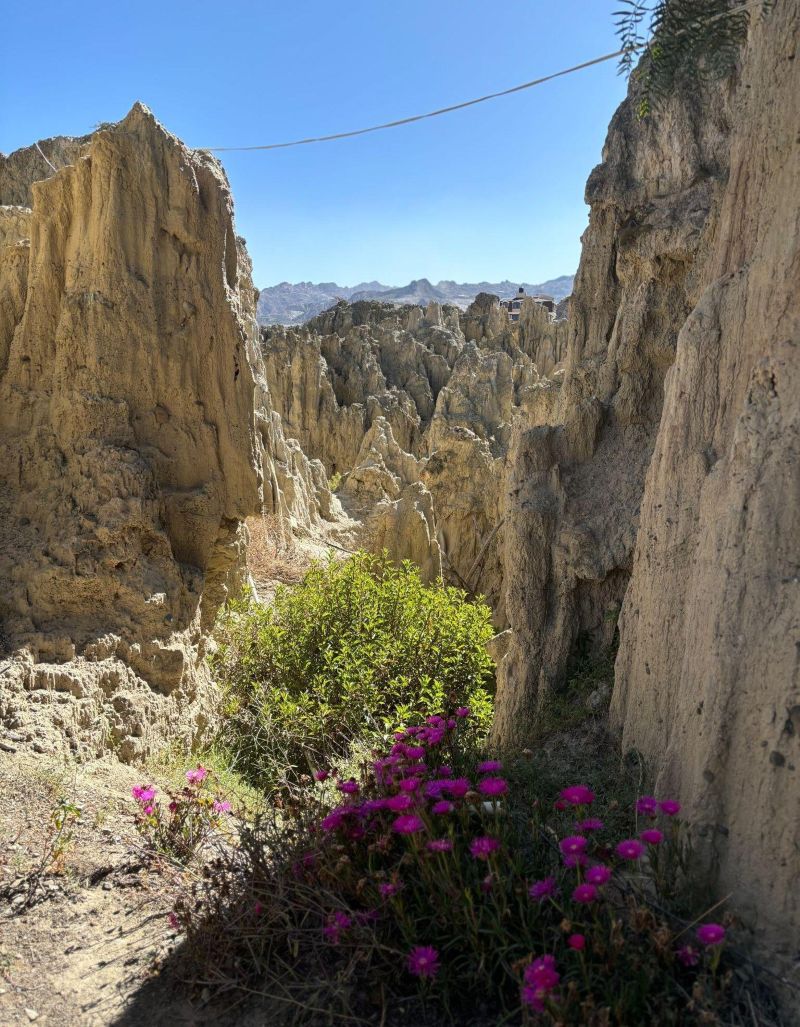
Just half an hour out of La Paz, the tallest capital in the world, lies the Bolivian Valley of the Moon, not to be confused with Chile’s version. Made of sediment, the natural structures are expected to weather and erode to the ground over the next few centuries. Its name comes from Neil Armstrong himself, who visited La Paz on a golfing trip and, seeing the distinct formations and color of the landscape, likened it to what he saw on the moon.
Related story:

